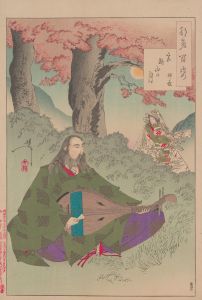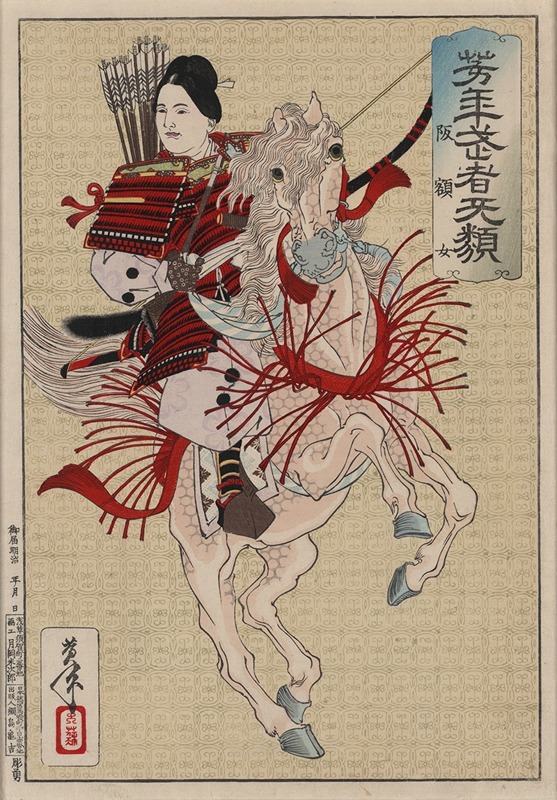
Hangakujo
A hand-painted replica of Tsukioka Yoshitoshi’s masterpiece Hangakujo, meticulously crafted by professional artists to capture the true essence of the original. Each piece is created with museum-quality canvas and rare mineral pigments, carefully painted by experienced artists with delicate brushstrokes and rich, layered colors to perfectly recreate the texture of the original artwork. Unlike machine-printed reproductions, this hand-painted version brings the painting to life, infused with the artist’s emotions and skill in every stroke. Whether for personal collection or home decoration, it instantly elevates the artistic atmosphere of any space.
Tsukioka Yoshitoshi, a renowned Japanese ukiyo-e artist of the late Edo and early Meiji periods, is celebrated for his innovative and dramatic woodblock prints. One of his notable works is the depiction of Hangaku Gozen, a legendary female warrior from Japanese history. Hangakujo, as she is often referred to in art, is a subject that Yoshitoshi captured with his characteristic flair for drama and emotion.
Hangaku Gozen was a historical figure from the late 12th century, known for her role in the Genpei War, a conflict between the Taira and Minamoto clans. She was a member of the Taira clan and is remembered for her bravery and martial prowess. Hangaku Gozen is often celebrated as one of the few female samurai warriors in Japanese history, and her story has been romanticized in various forms of art and literature.
Yoshitoshi's portrayal of Hangakujo is part of his series "Thirty-six Ghosts," which was completed in the late 19th century. This series is known for its exploration of supernatural themes and historical figures, blending the real with the fantastical. In his depiction of Hangakujo, Yoshitoshi captures the essence of her strength and determination. The print typically features her in full armor, wielding a naginata, a traditional Japanese pole weapon, which underscores her status as a warrior.
Yoshitoshi's work is characterized by its dynamic composition and attention to detail. In Hangakujo, he employs bold lines and vibrant colors to bring the figure to life, creating a sense of movement and intensity. The background often includes elements that suggest a battlefield setting, further emphasizing her role as a warrior. Yoshitoshi's ability to convey emotion through facial expressions and body language is evident in this piece, as Hangakujo's determined gaze and poised stance communicate her readiness for battle.
The depiction of Hangakujo by Yoshitoshi is significant not only for its artistic merit but also for its cultural and historical context. During the Meiji period, Japan was undergoing rapid modernization and Westernization, and there was a renewed interest in traditional Japanese themes and figures. Yoshitoshi's work reflects this cultural shift, as he sought to preserve and celebrate Japan's rich history and folklore through his art.
Yoshitoshi's prints, including Hangakujo, have been influential in both Japan and the West, contributing to the appreciation and understanding of ukiyo-e as a significant art form. His work continues to be studied and admired for its technical skill, emotional depth, and historical significance. Hangakujo remains a powerful representation of female strength and resilience, capturing the imagination of audiences both in the past and present.






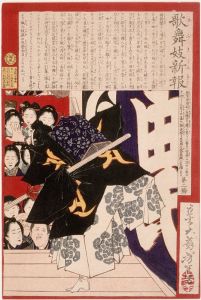
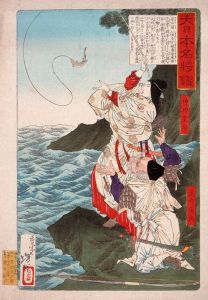
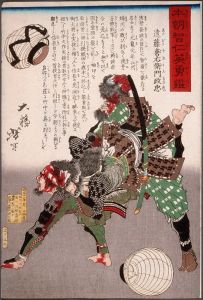

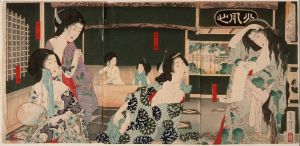

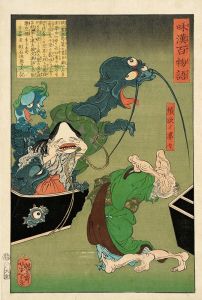
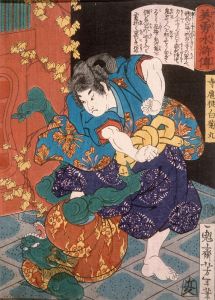
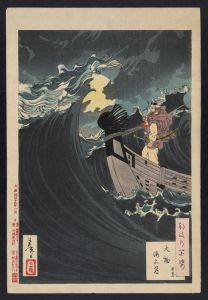
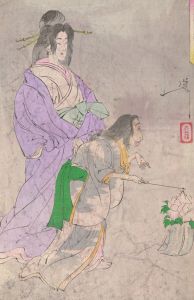
![Musha]taira no tomomori](/imgs/225657/s/tsukioka-yoshitoshi-mushataira-no-tomomori-bb591b96.jpg)
